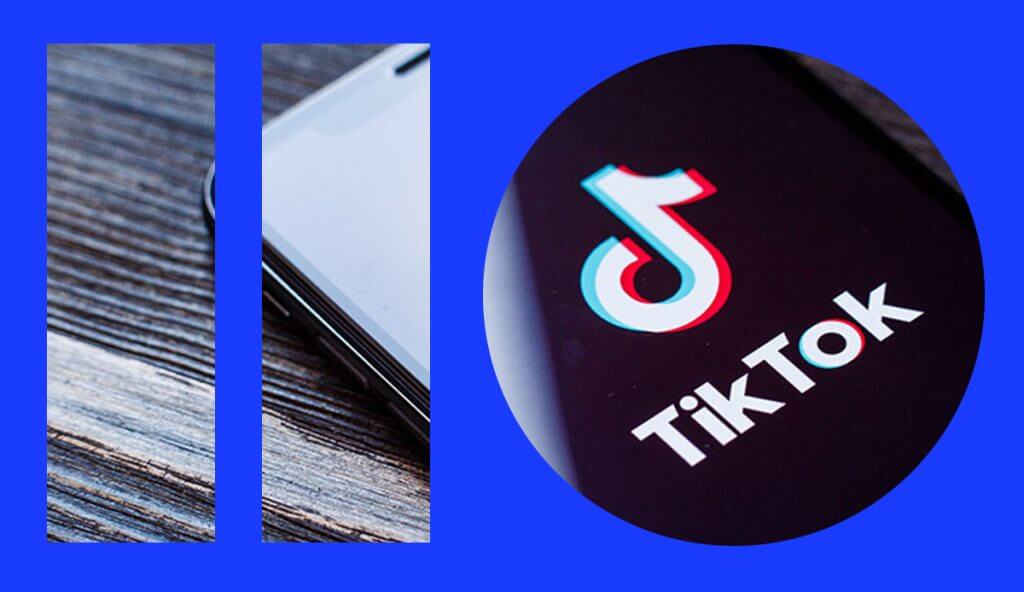The State of Play: Marketing to the Modern Gamer

The gaming industry has spent the last few decades evolving as drastically as the face of Lara Croft. From functional to fantastic, the quality of games and increased accessibility has led to drastic growth in this lucrative industry. As Lara Croft’s face has transformed, as has the face of what we perceive to be the ‘modern gamer’. To understand how to reach and engage this booming demographic, you need to understand this niche audience’s evolving behaviour.

The gaming boom is spanning the globe with an estimated 2.8Bn gamers worldwide – not so niche an audience after all. The Asian market continues to hold the majority share of the video game industry revenue, accounting for 48% of the market in 2020. In Europe, over half of the population play video games for an average of 8.6 hours per week, attracting everyone from FIFA obsessed teenagers to Candy Crushing Mums. The growing number of gamers worldwide have made game releases the new watercooler moment rivalling Hollywood for excitement; just look at the Google trends for last year where the hype around Cyberpunk was 80% higher than that of Tenet – one of the most anticipated films of the year.

Gaming has evolved from purely screen entertainment to existing within the realms of art, culture & education. Video game soundtracks have been played in some of the most prestigious concert halls in the world. Universities and traditional sports clubs offer scholarships and training to budding e-sports competitors. With games diversifying and evolving, they’ve attracted a wider cross-section of society. The demographic of popular games stretches backgrounds, genders, and ages. A prime example of this is 84-year-old Shirley Curry, “The Gaming Grandma”, who has amassed over 19 million views on her videos and a following of 950K subscribers. She is a big fan of Skyrim fan and her love of the game keep the views coming.
It’s no longer viable to target the “average gamer” and brands looking at this audience base from such a narrow perspective are going to limit their reach. Within the gaming community, you need to be segmenting everything from platform to purpose, to session duration. While the possibilities are endless, I’ve broken down some of the key target audiences you need to be looking out for:
Mobile Gamers
Mobile gaming has been the fastest-growing segment amongst gamers. Simple addictive games dominate this space and make up the majority of gaming hours. They can be a diversion for people who don’t consider themselves as gamers and provide more dedicated gamers with a quick fix throughout the day. We also need to consider the tech evolution and the implications this has for Mobile gamers. These “hyper-casual” games will become even more profitable with their low development costs. The adoption of 5G will open new doors as online mobile becomes slicker and visually impressive. Xbox, Google, and Nvidia are all currently operating game streaming services which don’t require a console and games can be played on any device connected to the web. 5G will allow you to play almost any game anywhere.
Core Gamers
Within the ‘Core Gamer’, there are a dizzying number of genres and the unique cultures that fit within them: sim racers, first-person shooters, platformers and hundreds more. Core gamers are more in tune with the current gaming landscape, enthusiastically playing a variety of game types and challenging different creative directions. They are more likely to own a recent console or gaming PC and gets excited for the next big game in the genre they play. When they play, they may look to use online guides on how best to tackle a challenging point within a game – in fact, 74% of YouTube gamers say they watch YouTube videos to learn how to get better at a game.
The needs of core gamers are ever-changing, and the value proposition of a game is at the heart of big shifts within the industry. This is primarily driven by developers creating games that maximise playtime, either through longer stories, competitiveness, online-only experiences or replayability. Games are trying to keep players in the same game for as long as possible in order to fuel in-game purchases. The first Assassins Creed game average playtime was about 20 hours, the newest title in the franchise, Valhalla, touts 88 hours to complete the main game as well as side quests. There are also many games that are ‘Live’ and add content for years after launch; Grand Theft Auto 5 was released in 2013 but its online multiplayer mode is still receiving significant updates to this day and averages 80-120K online players every day. The value for Rockstar, the makers of the game, comes in the form of players buying in-game currency and items with real-world cash.
E-sports fanatics
DataReportal research estimated that nearly one billion unique users watch some form of esports content in 2019. This large number is limited to the few select big e-sports event of the year, similar to the world cup. An e-sports fanatic will be someone who spends most of their gaming time on purely one game, these games will often be free to download and don’t require the latest hardware to be playable to keep it accessible to all. They will spend on cosmetic items for their favourite characters to set themselves apart from other players. They will likely be racking up thousands of hours perfecting their skill and spend time watching videos and reading guides on strategies.
Brands need to adapt to new gamer audiences
The label of “gamer” is now too broad, the audience is so large with such a massive variety of niches and subcultures; one individual can be invested in multiple segments. Within the average week, I personally would game on my phone on a commute, play Dota 2 (an e-sports title), progress on the main storyline on a game like assassins’ creed, and enjoy playing party games with friends. Brands shouldn’t look to talk to the “gamer” in their language because there isn’t a “they” anymore. Instead, they should be thinking about how to find customers across the cultures and subcultures of gaming media. Make the most of the scale of the gaming media landscape by working together with gaming creators, considering media placement alongside popular content, and lean into opportunities with major gaming moments throughout the year.
As we look towards the future of online gaming, the focus is shifting from behavioural to contextual models for the iOS world, making our contextual understanding essential for a successful marketing campaign.
Learn more about how the modern consumer is evolving and what you can do to reach them.


